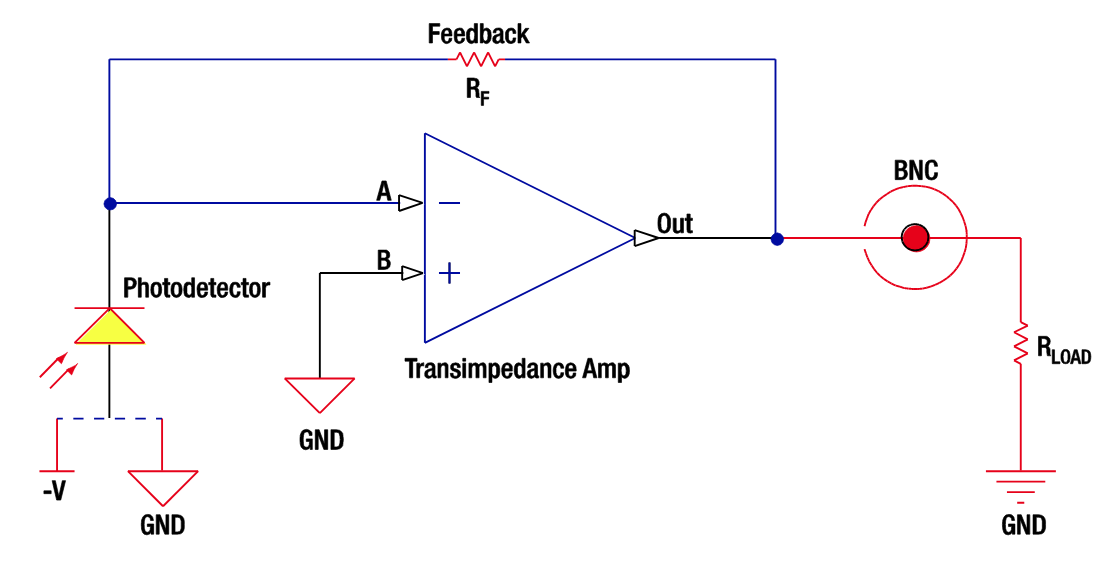Other Parts Discussed in Thread: TLV3501, OPA858, , TDC7201
Hi,
I'm part of an undergraduate design team that's working on a single beam lidar rangefinder system for our senior capstone. We have been using your lidar reference designs for the 7200 and 7201 in our design thus far which have been very helpful. We have decided that the 7201 should meet our needs due to the short time measurement mode. We are trying to build a device that has a measurement range of ~10cm-10m. There are some differences with our design vs the TI reference design (we are using an external visible wavelength laser diode and the PDA100A2 detector from Thorlabs). It seems that the comparator in the reference design (TLV3501) needs 0.3V input for operation, however at the 10m distance we are getting about 25mV signal out of our detector. No one on the team has extensive electronics design experience or has done any high speed amplifier design before, could you give any advice on how we could best add an amplification stage between our detector (which contains the photodiode and transimpedence amplifier) and the comparator? Any advice or tips regarding special concerns we should be thinking about would be great. Also if you have any other helpful reference documents that we should look at. Thanks!



